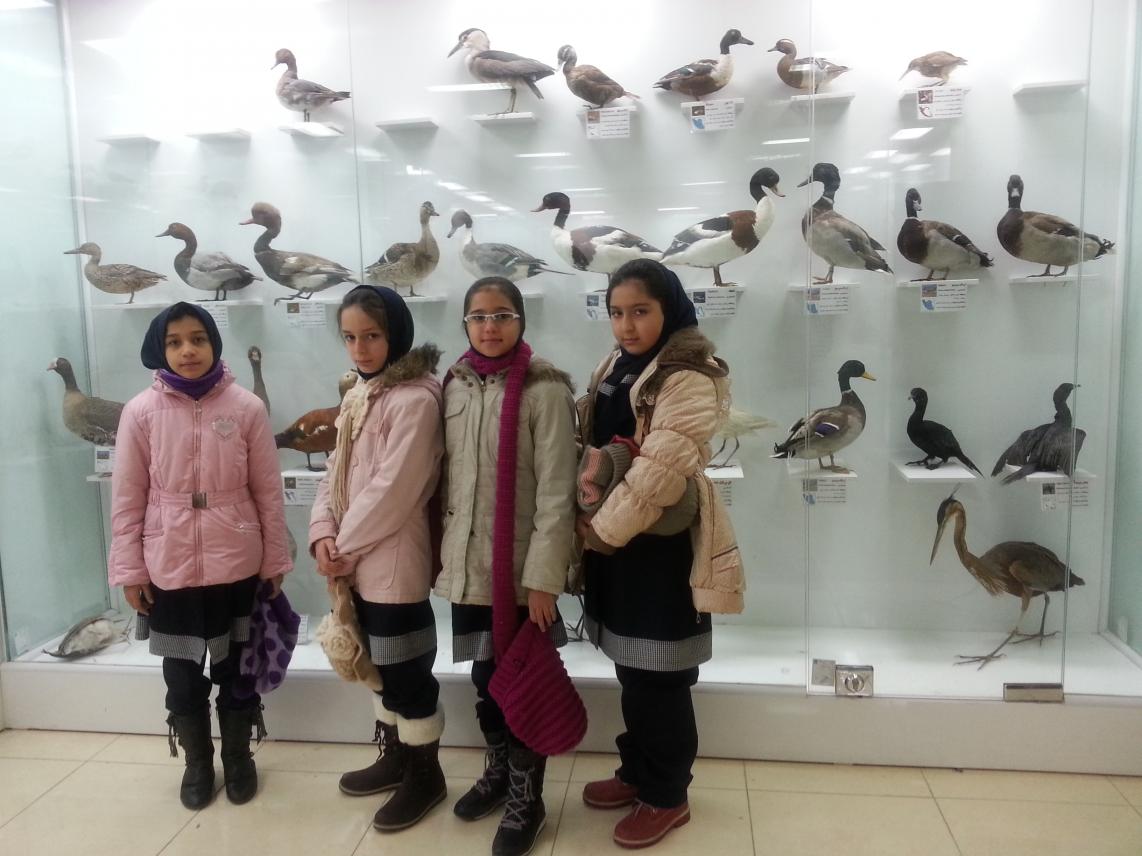Trips as Means of Education
Today education goes far beyond conventional frameworks of classes and schools. Field trips and learning through travelling has become an inseparable part of global education system. It is a very dynamic way to learn and explore new areas which lasts a life time, Donya-e Eghtesad reported.
New researches and studies on the impact of children tours and travels indicate that it highly and positively affects the well being of children including their physical and mental health. The experience of developing new connections and group games and activities, improves their social and emotional skills. Besides being a member in a group boosts their sense of responsibility and collaboration.
On the other hand, field trips and excursions provide an authentic opportunity for children to expand their general knowledge and generate an enthusiasm for further learning.
Children Tours
On the international level, children tourism isn’t strictly limited to field trips; special tours for children arranged and managed by tour guides and travel agencies. Special guides, story-tellers, and group or individual game designers accompany children in these trips.
Various destinations of the tours include: museums, educational camps, cultural, sport and recreation centers, etc. which design specific programs for these specific audience.
In recent years, Iran also has started to be active in this area and children tours especially in nature and eco tourism have been held. There are schools with successful experience in planning and carrying out tours and trips with educational purposes. In a primary school in Tehran, for instance, a day in a week is designated as Excursion Day. To plan for that day the school involves the children so the group spirit is bolstered.
Purposeful Tours
The head of Tourist Guides Associations believes that although children tourism is potentially a profitable market, no serious and comprehensive attempt has been yet made to invest and expand this area. Only scattered activities have been held by the private sector in a very small scale.
Mohammad Hossein Yazdani, speaking with Donya-e Eghtesad, explained the planning and executing method of these tours: “It has been tried to design purposeful trips for children where they learn or practice their lessons in a form of an exploration trip while enjoying a good time out of school”.
For example, to familiarize children with cultural heritage, in a field trip some old looking objects were buried in the ground so that the children practice excavation and get to know archeology.
What seems fundamental in planning a tour for children is the safety factor and proper management by experienced professional tour guides along with the school teachers. This requires for training the guides specifically for such purpose which necessitates the close interaction between tourism industry and the country’s education system.
Like any other mean and method, children tourism can also have disadvantages if not used in the right time and place and for the right audience. The major issues hindering children tours are financial problems, safety and security issues, and lack of places appropriately adapted to the needs of children. However, by acquiring the required knowledge and paying enough attention to various aspects of management in this area all the disadvantages can be avoided and benefits can be enjoyed.
Millions of Dollars Income
The Children Tours are a major source of income for most developed countries around the world. They earn millions of dollars annually from children travelling around the countries and abroad. The movement was first established in Britain in late 20th century. Today British children travel to the islands around the UK and visit the plains, mountains, industrial areas, urban regions, and sea coasts. They even travel to other countries across the Europe.
In Australia, the number of students who visited the capital city, Canberra, in 2001 exceeds 108,000 providing 10.2 million dollars profit to Australian economy.
Japan is another example of proper use of such potential among developed countries. School excursions are called “Shugaku Ryoko,” which originally means “Trip for learning” that aims to broaden students’ horizons and to let students learn cooperation. Most Japanese students experience these trips three times in their lives: one in the 6th grade, another in the 3rd grade of junior high, and the other in the 2nd grade of senior high. “Shugaku Ryoko” is the most important and memorable school event for most students. In 1998 more than 936 high schools in Japan had over 148,700 trips overseas for their students.


